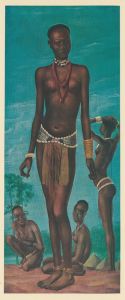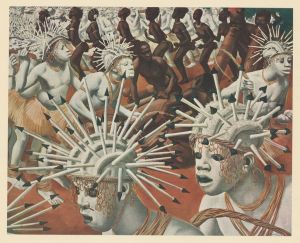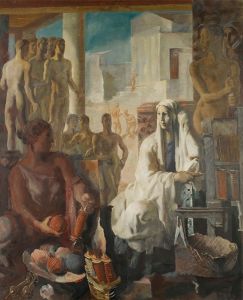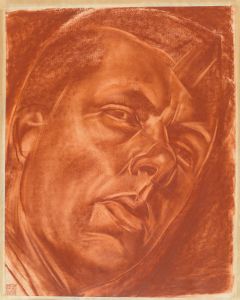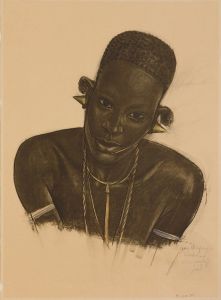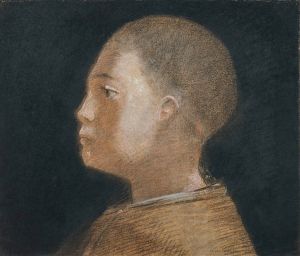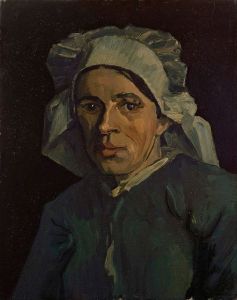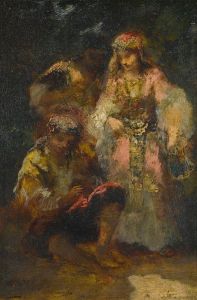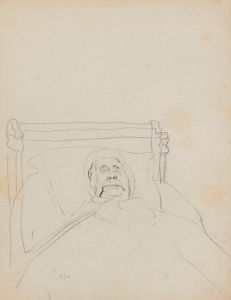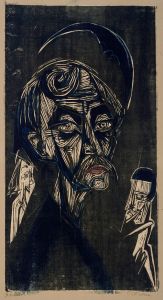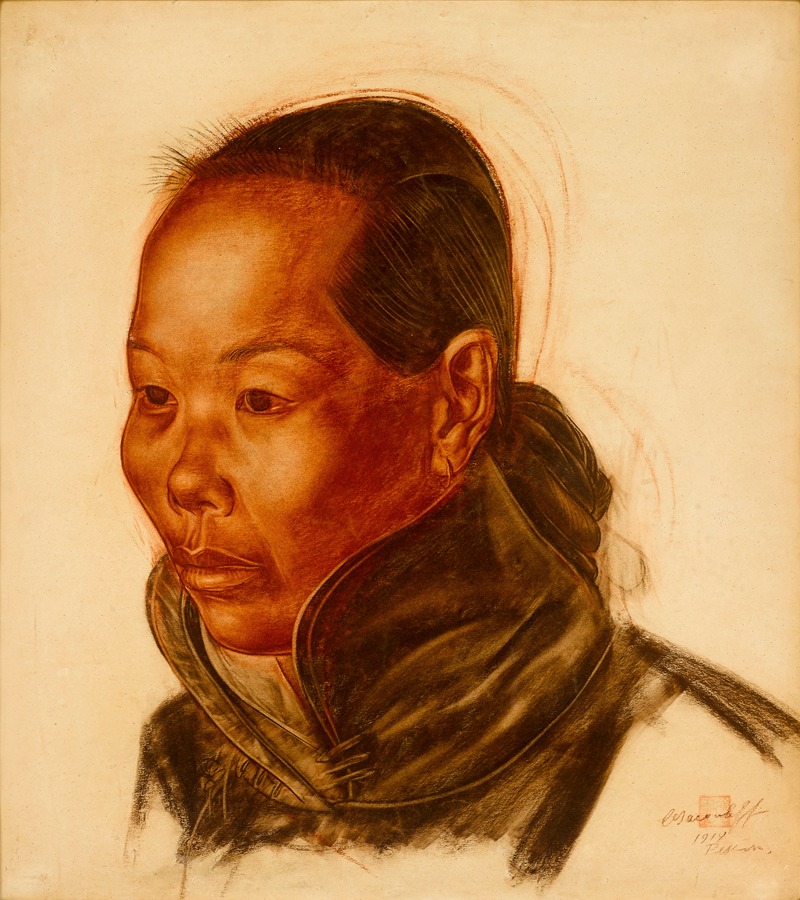
Chinese woman
A hand-painted replica of Alexandre Jacovleff’s masterpiece Chinese woman, meticulously crafted by professional artists to capture the true essence of the original. Each piece is created with museum-quality canvas and rare mineral pigments, carefully painted by experienced artists with delicate brushstrokes and rich, layered colors to perfectly recreate the texture of the original artwork. Unlike machine-printed reproductions, this hand-painted version brings the painting to life, infused with the artist’s emotions and skill in every stroke. Whether for personal collection or home decoration, it instantly elevates the artistic atmosphere of any space.
Alexandre Jacovleff, a Russian painter known for his association with the Ballets Russes and his extensive travels, created the artwork titled "Chinese Woman." Jacovleff was born in Saint Petersburg in 1887 and studied at the Imperial Academy of Arts, where he developed a strong foundation in academic painting techniques. His early works were influenced by Symbolism and Art Nouveau, but his style evolved significantly over time, particularly after his travels.
Jacovleff's journey to China was part of the larger Citroën-sponsored "Croisière Jaune" expedition in the early 1930s. This expedition was a significant event, aiming to traverse Asia from Beirut to Beijing using motor vehicles. Jacovleff was invited to join as the official artist, tasked with documenting the diverse cultures and landscapes encountered along the way. His experiences during this expedition had a profound impact on his artistic output, leading to a series of works that captured the essence of the people and places he encountered.
"Chinese Woman" is one of the paintings that emerged from Jacovleff's time in China. The artwork reflects his keen interest in ethnographic subjects and his ability to portray them with both sensitivity and technical skill. Jacovleff was known for his meticulous attention to detail and his ability to capture the unique characteristics of his subjects, which is evident in this painting.
The painting depicts a Chinese woman, rendered with a focus on her traditional attire and serene expression. Jacovleff's use of color and light in the painting highlights the textures and patterns of the clothing, emphasizing the cultural significance of the attire. His background in academic painting is evident in the precise and realistic depiction of the subject, yet there is also a sense of warmth and humanity that permeates the work.
Jacovleff's works from this period are notable for their ethnographic value, as they provide a visual record of the diverse cultures he encountered during his travels. His ability to portray his subjects with dignity and respect has been praised by art historians, who note that his works go beyond mere documentation to offer a deeper understanding of the people he painted.
After the expedition, Jacovleff continued to travel and paint, but his works from the "Croisière Jaune" remain some of his most celebrated. They are appreciated not only for their artistic merit but also for their historical significance, offering insights into the cultural exchanges that occurred during this period.
"Chinese Woman" exemplifies Jacovleff's skill in portraiture and his dedication to capturing the essence of his subjects. The painting stands as a testament to his artistic journey and his contributions to the field of ethnographic art. Today, Jacovleff's works are held in various collections around the world, where they continue to be studied and admired for their beauty and cultural significance.





